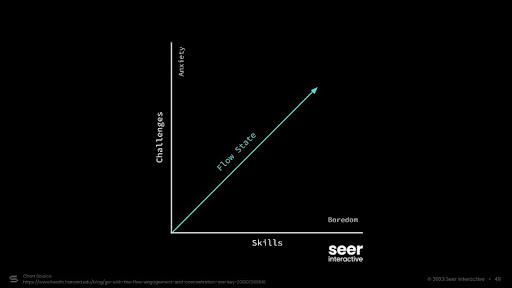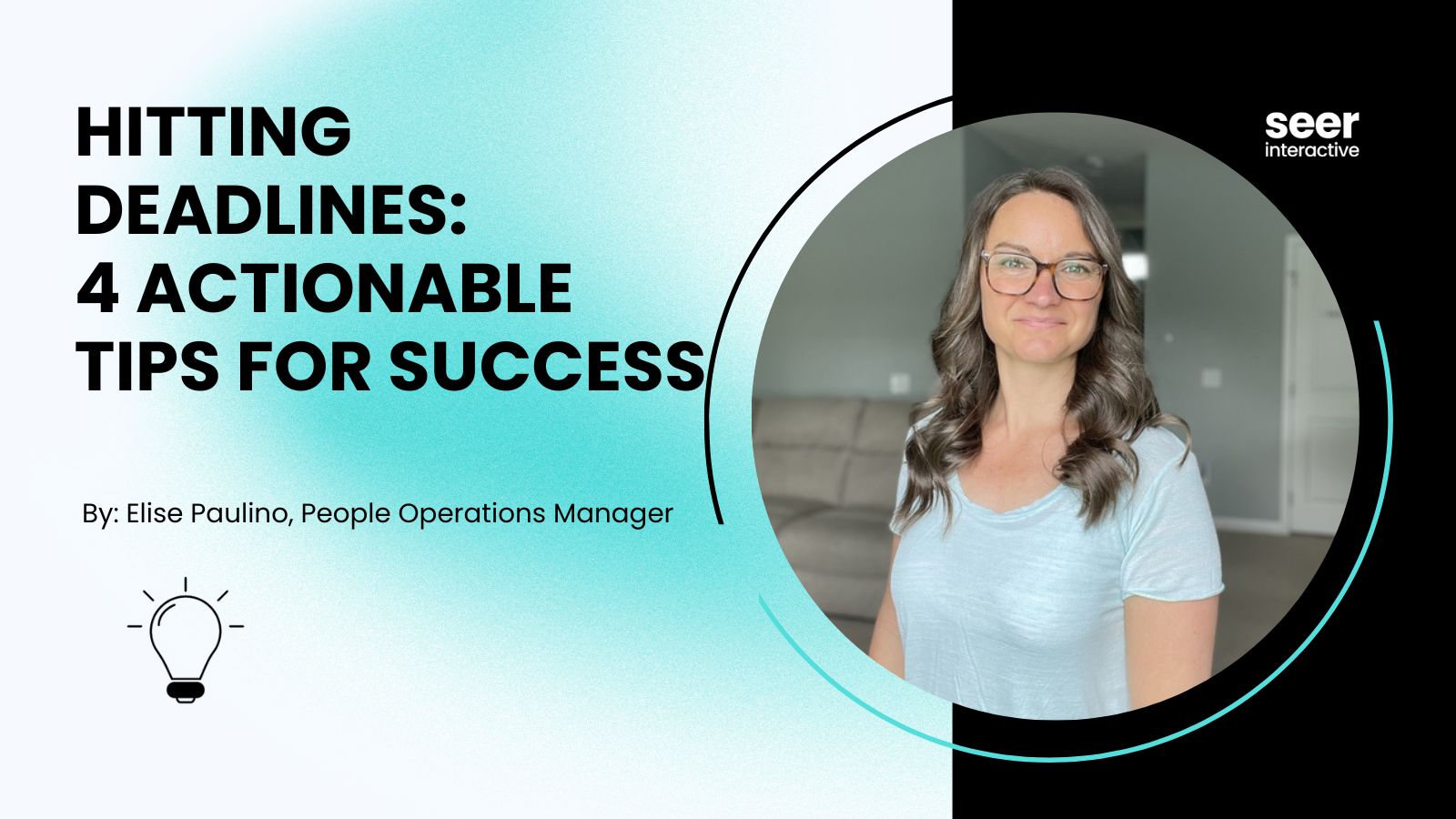Context switching is our tendency to shift from one unrelated task to another. This results in a decrease in productivity, burn out, and mental fatigue.
A study conducted by the University of California shows that it takes, on average, 23-minutes to regain focus after a distraction.
At work, every time we’re pivoting from an email response, to a meeting, a coworker chat, or working on a project, we’re context switching. 23-minutes seems like a harmless amount of time, but this adds up over the course of days and months.
I discovered that my team spent 3 hours, per team member per day, context switching between projects.
Scaling that up - that’s 780 hours spent inefficiently per team member yearly due to context switching. If you multiply that across the size of your team, that number increases quickly.
So how do we reduce the impacts of context switching? Read on to learn how my team has gained 208 hours yearly, per employee, in highly efficient work by mitigating context switching.

The Problem: Reducing the Negative Impacts of Context Switching
My team felt like they didn’t have enough time to complete tasks, or that if one thing was delayed, it caused a cascading domino effect of project pivots. They felt fatigue and frustration - clear indicators of context switching.
Given the nature of our client-based work, while I couldn’t necessarily change our volume of work or when it had to be completed, I could change how we were doing the work.
I hypothesized:
- If I could reduce the number of projects each team member works on daily…
- Reduce the number of back-to-back meetings and pings…
- Create a space for focused, uninterrupted work…
…Then my team can reduce the negative impacts of context switching - we can reduce stress, frustration, pressure, and mental fatigue.
The Solution: Reducing Cognitive Load & Increasing Focus
Back in 2021, I created time blocks for dedicated heads down work time for each team member. These were two 3-hour time blocks per person that recurred on the same date and time each week.
Within each work block, the team was asked to not check chat or email, to not attend meetings, and to mute their notifications. Additionally, team members were encouraged to work on up to a maximum of three projects within their work block, to ensure we were mitigating as many effects of context switching as possible.
Finding a Flow State
My goal was to create intentional space for the team to enter a flow state - the natural opposite of context switching. A flow state occurs at the intersection of challenges and skills, anxiety and boredom.

Chart referenced from Harvard Health Publishing
If a challenge is too great, or if you’re under too much stress, your brain cannot enter a flow state. But conversely, if your skills are too high, or if you don’t have enough work, your brain isn’t activated enough to enter a flow state.
Work Block Requirements
The work block process boils down to three pillars:
- Frequency: Two, 3-hour work blocks created per team member that recur weekly, allowing for easier planning and scheduling across the company.
- Focus: During these work blocks, team members could prioritize up to three different projects, or do a deep dive on one project. They were encouraged to not check email, chat, or attend meetings, and to mute notifications.
- Facilitate: I notified Seer at large of this test, and that members outside of my team could not book meetings over work blocks or they’d be automatically declined. This helped empower my teammates to truly take their heads down time.
Enforcing & Maintaining Compliance
Asking people to change how they work, even if it ultimately leads to a more productive workflow, isn’t easy. To create long-lasting adoption, you need team buy-in, and that can be done by answering these four questions for your team:
| Team Questions | Recommended Actions & Responses |
| Why do I need to change my own behavior? | You’re experiencing ongoing cognitive load, burn out, and context switching, which is not sustainable. |
| Why should I go along with this plan? | You will feel more engaged and fulfilled. |
| What do I have to do? | Commit to a weekly work block test. |
| What are you going to do to help me? | Clear blockers and distractions that may prevent you from sticking to work blocks. |
Instituting work blocks requires dedicated oversight. Ideally this is owned by a Resource Manager or Operations Manager. If that’s not available to you, identifying individual team members to oversee compliance on their respective teams can work instead.
After implementing work blocks, I monitored team compliance and dug in with team members in one-on-one meetings to better understand why they were struggling to take their heads down time. After some initial hesitation, team members grew to enjoy and look forward to their work blocks.
The Results: Decreasing Inefficiency
Prior to implementing work blocks, I found that on average my team members worked on the same project 2.3 times per day, for about 1 hour each time. That equates to about three hours per day spent inefficiently from context switching.
To put it another way, perhaps a team member began their day working on a project, joined a couple calls, then went back to working on that project. Then they checked their email and returned to the same project.
A Data-Driven Methodology
I leveraged both qualitative and quantitative data to determine the success of this work block methodology:
- Quantitative: Historical team time tracking data was used to establish a baseline of how many times, on average, team members worked on the same project each day, and for how long. I compared this baseline data to time tracking data post-work block implementation to determine the impact.
- Qualitative: I ran a two-question sentiment survey for the team to complete at the end of each day to determine if work blocks were alleviating team stress.
Key Metrics
After 6-months of testing the work block methodology, I found:
- A 21% decrease in the average number of project touchpoints per day per employee
- A 75% increase in the average length of daily project touchpoints
- 208 hours gained yearly, per employee, in highly efficient work
Following our work block test in 2021, my team has permanently implemented work blocks into our weekly workflows.
Next Steps: How You Can Do This
- Establish a Baseline: Create your own problem statement and hypothesis for tackling context switching. Ensure that you have a quantitative baseline outlining how and when your team is working on projects or other priority initiatives.
- Get Buy-In & Set a Test Timeline: Circulate your problem statement and hypothesis with key stakeholders to get buy-in on a work block test. Set firm guardrails as to what can or cannot be done within work blocks.
- Gather Results: Compare your data at the end of the test to your baseline. Determine if any pivots need to be made, and report out on results and impact.
Remember - while switching from one task to another takes just a handful of minutes, across a department or company, those minutes quickly add up over the course of a year and generate a large amount of inefficient time.
Running work blocks, or focusing your team’s attention on one priority at a time, might just save your company thousands of hours by reducing the costs of context switching.
Want more posts like this? Subscribe to the Seer Newsletter:



